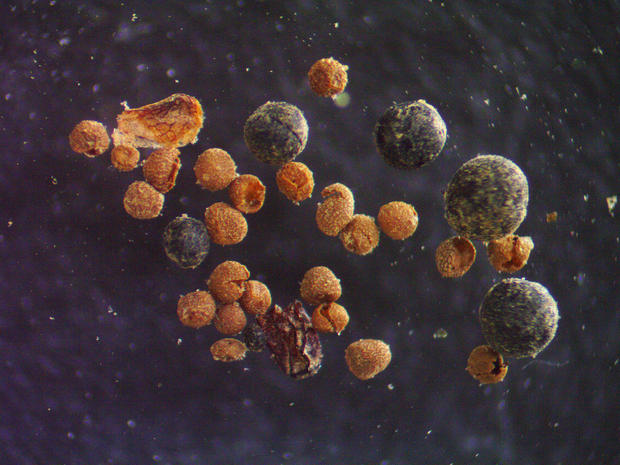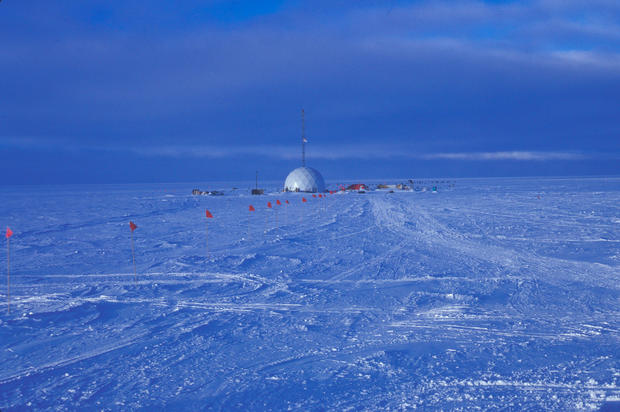
Fossil discovery in Greenland ice sheet reveals increased risk of sea level rise
Greenland has melted before, and as the climate warms, it will melt again — this time leading to what scientists warn could be 20 to 25 feet of sea-level rise.
During one of the warm periods within the last 1.1 million years, the center, not just the edges, of Greenland’s massive ice sheet melted away, new research has found, giving way to a dry and barren “tundra landscape” that was home to various insects and plant life. The findings were shared in a new paper published today in the Proceedings of the National Academy of Sciences.
When the ice sheet initially melted, there were lower levels of greenhouse gasses in the atmosphere than there are today. Now with more carbon dioxide in the atmosphere, scientists say Greenland’s ice sheet is more susceptible to melting than previously thought.
Paul Bierman, a scientist at the University of Vermont who co-led the new study. “Now there’s some evidence that this ice sheet is fragile.”
The researchers have been studying materials from beneath the hood of the Greenland ice sheet, the largest in the Northern hemisphere, since 2014. They examined sediment from the bottom of an ice core — dubbed GISP2 — extracted from two miles below the surface at the center of the ice sheet nearly 30 years ago.
The 1-ounce sample of sediment was filled with clues of Greenland’s past. Tiny little black specks, when put under the microscope, revealed an insect eye, an Arctic poppy seed, parts of an Arctic willow, and tiny bits of soil fungus and spike moss — what Bierman referred to as a “frozen ecosystem underneath the ice.”
Halley Mastro
According to researchers, the fossils provide “direct confirmation” that 90% of the ice sheet was once gone.
“Finding these fossils in the center of the ice sheet is unambiguous evidence that Greenland’s ice has disappeared [in the past],” said Bierman. “And once you lose the center of the ice sheet, you’ve lost it all.”
The findings supports what’s called the “fragile Greenland” hypothesis: that nature, outside of human influence, has caused the ice sheet to melt at least once since it formed, Bierman said.
At 656,000 square miles, the Greenland ice sheet currently covers around 80% of the island territory. To put that into perspective, it’s about three times the size of Texas.
Christine Massey
NASA, which has mapped Greenland’s ice loss, says the sheet has “rapidly declined in the last several years,” prompting the global sea level to rise around 0.03 inches per year. Greenland’s melting ice mass is now the No. 1 driver of sea level rise, according to Bierman.
“In the early years of the climate warming, it was mountain glaciers that were doing most of the melting and adding water to the ocean,” he said. “Now it’s Greenland.”
While it could be a few thousand years before the entire Greenland mass melts, Bierman said, the consequences would be dire: hundreds of millions of people could lose their homes and businesses. Places we hold near and dear to our hearts would be lost.
“As I like to say when people ask me, why does it matter? I say think about your favorite beach. And then imagine your favorite beach with 25 feet of water on it,” Bierman said.
More
More
Source: cbsnews.com
